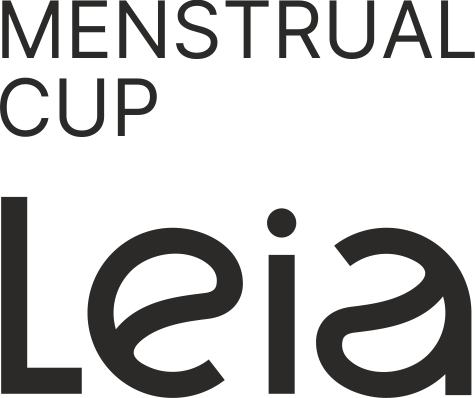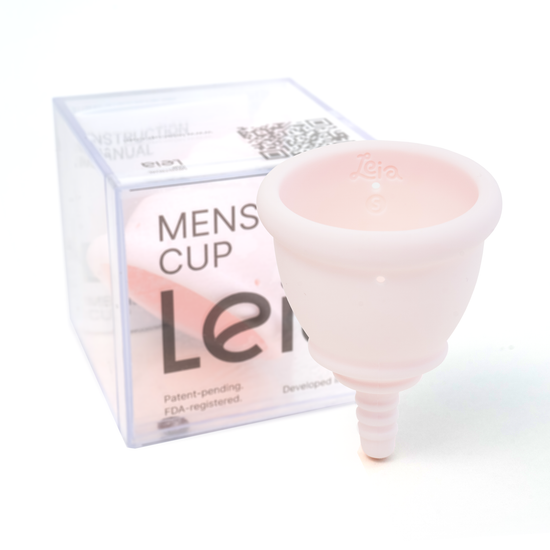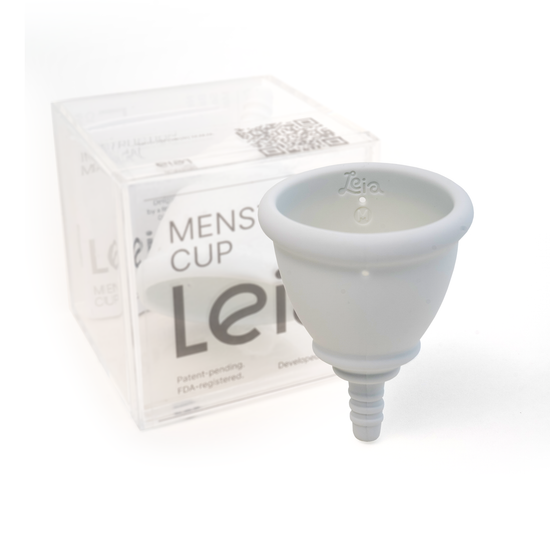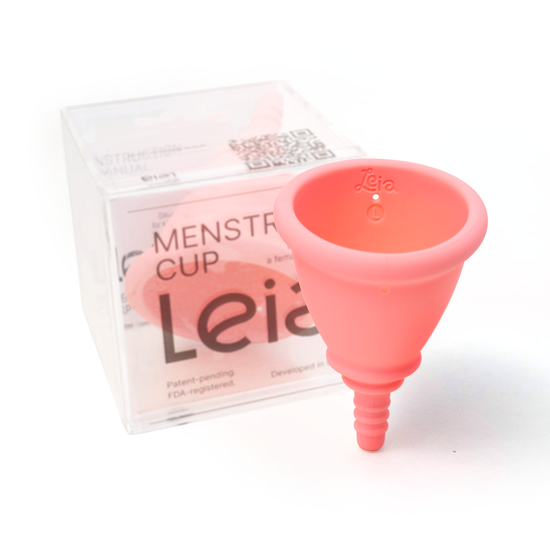
Sustainable Impact: Menstrual Cups and Eco-Initiatives
Menstrual cups have gained recognition for their environmental sustainability as a reusable alternative to disposable menstrual products. However, their impact goes beyond the cup itself. Menstrual cups have become a catalyst for broader sustainability initiatives, encouraging individuals and communities to embrace eco-friendly practices and advocate for a more sustainable world. In this article, we will explore how menstrual cups inspire sustainability initiatives that extend beyond the product itself.
Reducing Waste and Carbon Footprint
The primary environmental benefit of menstrual cups is their ability to significantly reduce waste. By choosing a reusable cup instead of disposable menstrual products, individuals can make a substantial impact on their personal carbon footprint. This reduction in waste extends beyond the cup, inspiring individuals to adopt more sustainable practices in other aspects of their lives, such as reducing single-use plastics or embracing reusable alternatives in various daily activities.
Promoting Sustainable Consumption
Menstrual cups promote sustainable consumption by challenging the throwaway culture associated with disposable menstrual products. Cups encourage individuals to invest in a durable and long-lasting product that can be reused for years. This shift in mindset extends to other areas of consumption, encouraging individuals to prioritize quality over quantity and opt for products that are designed for longevity rather than disposability.
Advocacy for Menstrual Equity and Education
The use of menstrual cups often sparks conversations about menstrual equity and education. These discussions highlight the importance of equal access to menstrual products, facilities, and education for all individuals. Sustainability initiatives associated with menstrual cups often encompass advocacy for menstrual equity, aiming to address disparities in access to menstrual care and resources, particularly for marginalized communities.
Supporting Menstrual Health Programs
Sustainability initiatives inspired by menstrual cups often involve supporting and funding menstrual health programs globally. These programs aim to provide sustainable and affordable menstrual care options to individuals who lack access. By supporting such initiatives, individuals contribute to empowering menstruators, promoting education, and breaking the barriers that prevent equitable menstrual health.
Fostering Community Engagement and Collaboration
Menstrual cups foster community engagement and collaboration around sustainability initiatives. Sharing cup experiences and knowledge creates a sense of community, encouraging individuals to exchange ideas and support each other in adopting sustainable practices. This collective effort extends beyond menstrual cups, as individuals collaborate on broader environmental initiatives, such as community clean-ups, awareness campaigns, and sustainable lifestyle challenges.
Inspiring Innovation and Research
The popularity of menstrual cups has sparked innovation and research in the menstrual health field. This includes advancements in cup design, material improvements, and new approaches to sustainable menstrual care. The innovation inspired by menstrual cups drives progress towards more sustainable options and encourages individuals to explore and embrace other eco-friendly alternatives in various areas of their lives.
Menstrual cups serve as a catalyst for sustainability initiatives that extend beyond the product itself. By reducing waste, promoting sustainable consumption, advocating for menstrual equity, supporting menstrual health programs, fostering community engagement, and inspiring innovation, menstrual cups inspire individuals and communities to embrace broader sustainability practices. Let us recognize the transformative power of menstrual cups and continue to explore and advocate for sustainability initiatives that create a more environmentally conscious and equitable world.



